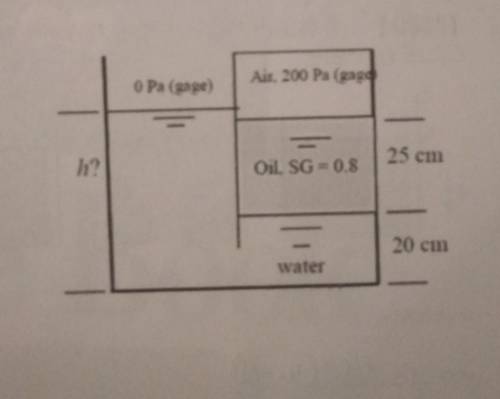

Answers: 3


Other questions on the subject: Physics

Physics, 21.06.2019 22:00, Angelo1660
Air is held within a frictionless piston-cylinder container, which is oriented vertically. the mass of the piston is 0.45 kg and the cross-sectional area is 0.0030 m2. initially (state 1) the pressure of the gas is sufficient to support the weight of the piston as well as the force exerted by the atmospheric pressure ( 101.32 kpa). the volume occupied by the air within the cylinder in state 1 is 1.00 liter. one end of a spring (with spring constant k = 1000 n/m) is attached to the top of the piston, while the other end of the spring is attached to a stage that can move vertically. initially the spring is undeflected and therefore exerts no force. then the stage is then moved quasistatically downward a distance of 10.0 cm, at which point the system reaches state 2. the piston-cylinder is not insulated; rather it remains in diathermal contact with the surroundings, which are at a constant temperature of 300 k. what is the change of pressure within the container?
Answers: 3

Physics, 21.06.2019 22:30, jasoncarter
The membrane surrounding a living cell consists of an inner and an outer wall that are separated by a small space. assume that the membrane acts like a parallel plate capacitor in which the effective charge density on the inner and outer walls has a magnitude of 7.0 × 10-6 c/m2. (a) what is the magnitude of the electric field within the cell membrane? (b) find the magnitude of the electric force that would be exerted on a potassium ion (k+; charge = +e) placed inside the membrane.
Answers: 1

Physics, 21.06.2019 22:50, Jasten
A23 kg log of wood begins from rest, 300 m up a sluice (a water track used to transport logs, think of it as an inclined plane with negligible friction) inclined at 20° to the horizontal. after it reaches the flat waterway at the bottom it collides elastically with a 100 kg block of wood initially at rest near the base of the incline. (a) how long does it take the 23 kg log to travel down the incline? (b) what is the speed of the 23 kg log at the bottom of the incline? (c) what are the velocities of both blocks of wood after the collision? (d) what is the total kinetic energy before the collision? (e) what is the kinetic energy of the 23 kg log after the collision? (f) what is the kinetic energy of the 100 kg block of wood after the collision? (g) what is the total kinetic energy after the collision? (h) compare the total initial and total final kinetic energies. is this consistent with what you would expect for elastic collisions? explain!
Answers: 1

Physics, 22.06.2019 08:00, osmanysalvador9
Based on the concept of the wave-like nature of light, huygens' theory of light postulates that the more light was "bent" by a substance the slower it would move while traversing across that substance. a) deflection b) interference c) refraction d) resonance
Answers: 3
You know the right answer?
The system shows is at 20°C. Determine the height h of water in the left side. (SG: specific gravity...
Questions in other subjects:








Geography, 04.05.2020 22:57


Biology, 04.05.2020 22:57




